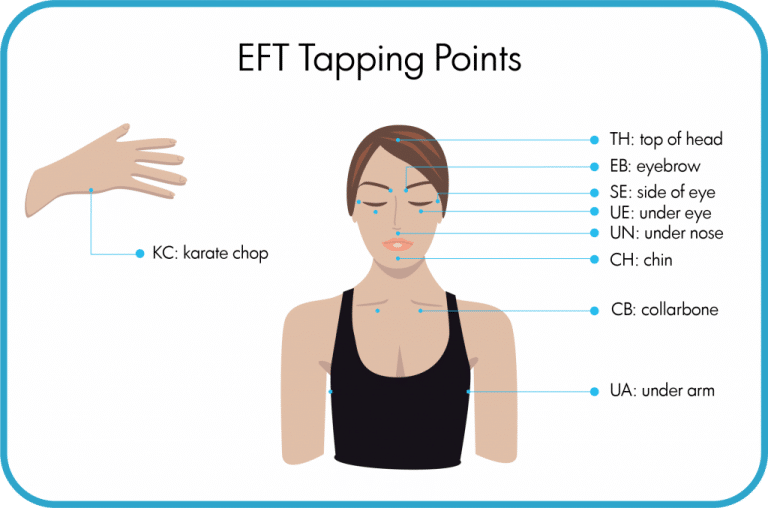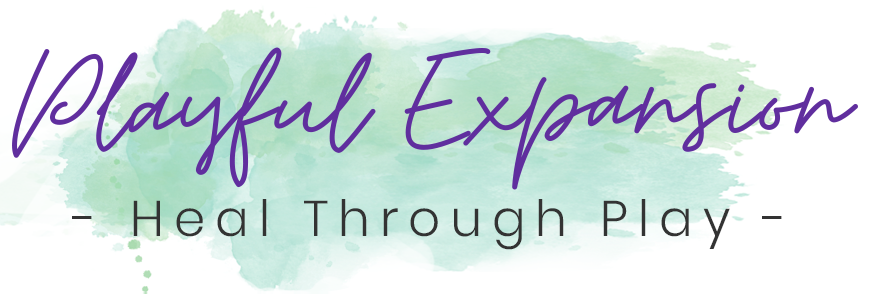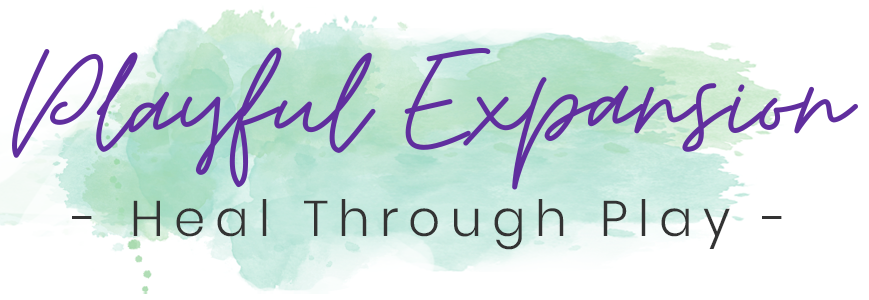Emotional Freedom Technique, commonly known as EFT or tapping, is a form of psychological therapy that combines elements of traditional Chinese medicine (acupressure) with modern psychology (NLP).
The practice involves tapping on specific meridian points on the body while focusing on a particular issue or emotion, which is believed to help release energy blockages and restore balance. It’s designed to help people alleviate stress, reduce negative emotions, and promote overall well-being.

EFT was developed in the 1990s by Gary Craig, a Stanford-trained engineer and personal performance coach. Craig was inspired by the work of Dr. Roger Callahan, a psychologist who created a method called Thought Field Therapy (TFT). Dr. Callahan discovered that gently tapping on specific points on the body could relieve phobias and other psychological issues. Gary Craig simplified and refined Callahan’s techniques to create EFT, making it more accessible and easier to use.
Since then EFT has evolved even more, gaining widespread recognition and application across various fields with practitioners as Dawson Church, Brad Yates, Carol Look, and Nick & Jessica Ortner.
Skeptical about how lightly tapping on your face and body could change mind sets, help you lose weight, free yourself from anxiety, and clear physical pain?
Don’t worry, you’re not the only one!
In the early years, EFT was met with a lot of skepticism by the mainstream medical and psychological communities. But there have been numerous studies conducted to evaluate its effectiveness. If you’re curious, have a look at the bottom of this post for a list of studies.
This growing body of evidence has helped to legitimize EFT as a credible therapeutic technique and I am proud to have successfully used it for decades on myself as well as with friends and clients.
Here are a few benefits you can expect with EFT:
- Stress Reduction: Tapping can help lower cortisol levels, the stress hormone, leading to a sense of calm and relaxation.
- Emotional Healing: EFT can address unresolved emotions and traumas, promoting emotional resilience and well-being.
- Improved Mental Health: Many individuals report reduced symptoms of anxiety, depression, and PTSD after using EFT.
- Pain Relief: EFT has been found to alleviate physical pain, by addressing the emotional factors that contribute to pain perception.
- Enhanced Performance: Athletes, performers, and professionals use EFT to overcome performance anxiety and achieve their goals.
In addition to these amazing benefits, we can also use EFT to help to clear limiting beliefs (like, I’m not funny or playful, or creative) and unhealthy patterns of being.
For example, in Playful Expansion, I use simple tapping as a way of clearing our fears about playing before and during our time together.
And I’m not the only one!
Many therapists and counsellors have integrated EFT into their practice, combining it with traditional therapeutic approaches such as cognitive-behavioural therapy (CBT) and mindfulness. I believe this integration is the key to a gentle, holistic approach to emotional healing and growth.
So that’s what it is and how it can help…Now, what does it look like??
The process of EFT involves 4 easy steps:
- Identify the Issue and Rate it: Focus on a specific problem or emotion you want to address. Eg. “This pain in my back” and then rate it on a scale of 1-10 (10 being really strong)
- Set Up Statement: Next, tap on the set-up point while repeating a statement that acknowledges the problem while accepting yourself despite it. Eg. “Even though I feel anxious, I deeply and completely accept myself.”
- Tapping Sequence: From there, use your fingertips to tap, in order, on a series of specific points on your body, known as meridian points. (See the image below for the points I use!)
- Re-evaluation: After completing the tapping sequence 1-2 times, assess how you feel about the issue. Feel free to repeat the process until you experience relief.

The beauty of this process is that it can be done literally ANYWHERE! You take the tools (your fingertips) with you everywhere you go and for many people with PTSD or anxiety, this is the key. It may feel a bit odd to be tapping on your body in public but it’s a subtle technique that’s really adaptable and effective.
The even better news? YOU CAN’T DO IT WRONG!
If you feel disregulated, unhappy, scared, or sad…just start tapping.
From its origins in the 1990s to its widespread acceptance and integration today, EFT continues to evolve and adapt, providing hope and healing to those who seek it.
So whether you’re dealing with stress, emotional challenges, or physical pain, EFT offers a simple yet powerful method for achieving balance and harmony in your life.
Curious and wanna learn more?
You can book a complimentary discovery session with me here and I will walk you through the steps!

Even more curious and wanna see the research? Here are the citations for a few of the studies:
Physical pain:
Reynolds, K., & Slater, H. (2018): This randomized controlled trial assessed the impact of EFT on chronic pain in primary care patients. Participants who received EFT experienced significant reductions in pain intensity and pain-related interference with daily activities.
Citation: Reynolds, K., & Slater, H. (2018). The effectiveness of Emotional Freedom Techniques for the treatment of chronic pain: A meta-analysis. Journal of Pain Research, 11, 2151-2162.
Weight loss:
Stapleton, P., Chatwin, H., & William, P. (2020):This research assessed the impact of EFT on neural pathways related to food cravings. The study found that EFT significantly reduced brain activity in areas associated with cravings and emotional eating, supporting the idea that EFT can help reprogram the brain’s response to food-related cues.
Citation: Stapleton, P., Chatwin, H., & William, P. (2020). Effects of Emotional Freedom Techniques on brain connectivity and food cravings in overweight and obese adults: A randomized controlled trial. Obesity Research & Clinical Practice, 14(2), 134-140.
Anxiety, depression PTSD:
Feinstein, D. (2012): This review article examined the mechanisms and clinical applications of energy psychology, including EFT. It highlighted numerous studies that demonstrated EFT’s efficacy in treating a range of psychological disorders, including anxiety, depression, and PTSD.
Citation: Feinstein, D. (2012). Acupoint stimulation in treating psychological disorders: Evidence of efficacy. Review of General Psychology, 16(4), 364-380.
Mental health & Emotional Regulation:
Bach, D. R., & Groesbeck, G. (2008): This study measured the effects of EFT on brain function and psychological symptoms in patients with anxiety disorders. The results showed significant reductions in anxiety and changes in brainwave patterns indicative of reduced stress and improved emotional regulation.
Citation: Bach, D. R., & Groesbeck, G. (2008). The efficacy of EFT in reducing public speaking anxiety. Energy Psychology: Theory, Research, and Treatment, 1(1), 23-34.
Claire Lindsay
Claire is a certified EFT master practitioner (tapping), a professional actor, adventure seeker, and an entrepreneur. She has been passionately following her own path of spiritual growth and healing since 2010. Claire founded Playful Expansion to encourage participants to break limiting beliefs and step into their own authenticity and power in a safe and fun environment.




